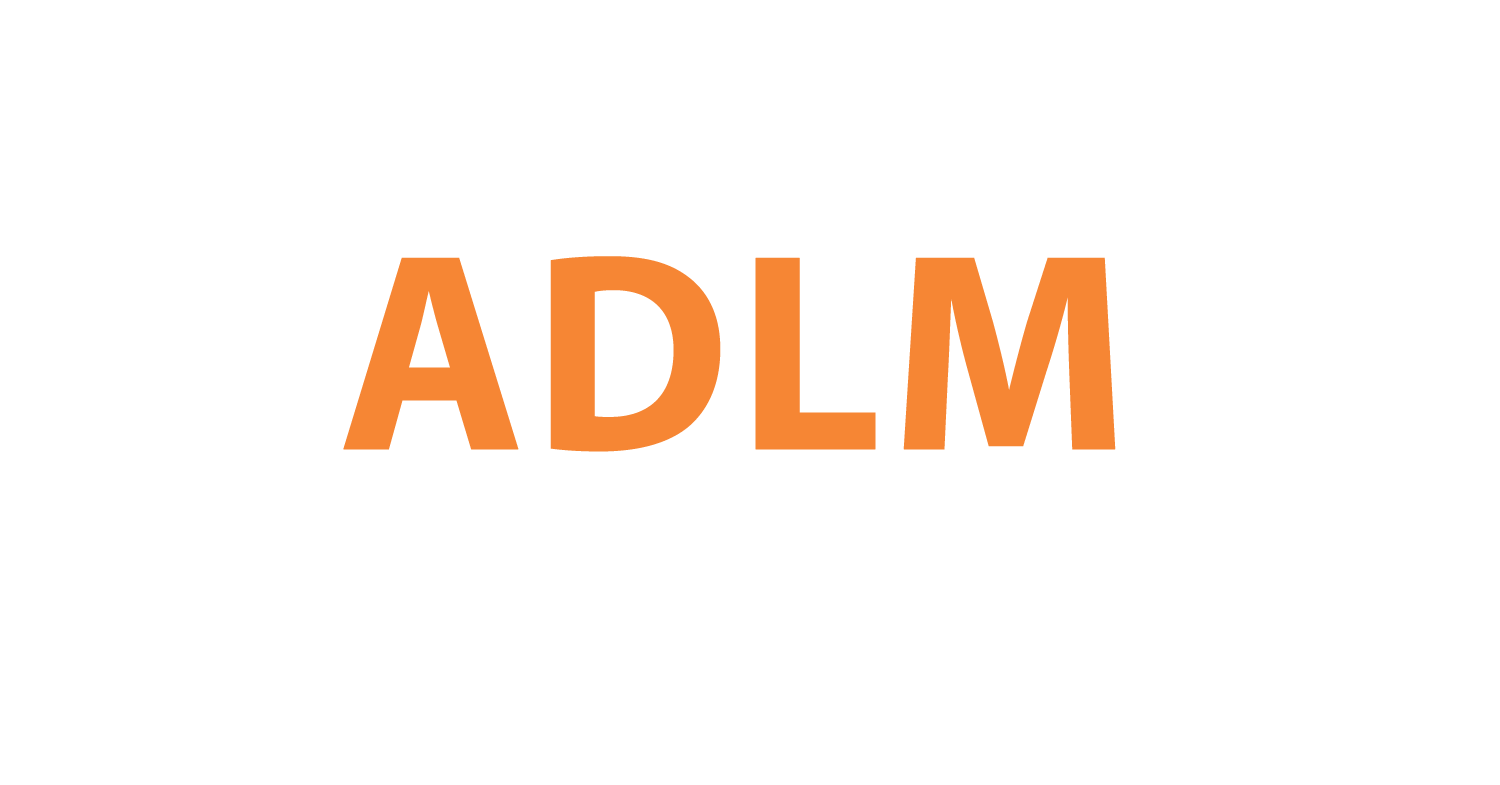Poor Bacteriological Quality Revealed Through Rigorous Environmental Sampling

A comprehensive 2011 study conducted by researchers at the University of Nigeria examined the bacteriological quality of foods and water sold by vendors and restaurants in Nsukka, Nigeria. The investigation utilized rigorous environmental sampling techniques, collecting and testing samples from 10 different common food types as well as drinking water sources in the area. A concerning picture emerged from the analysis, with coliform bacterial counts far exceeding international standards for safe consumption in both prepared dishes and water. This indicates major issues with food hygiene and environmental sanitation practices in Nsukka.
Standard Microbiological Enumeration Methods Effectively Quantified Levels of Contamination
The study compared three widely used standard methods for enumerating coliforms - the most probable number (MPN) technique, lactose fermentation counts (LFC), and Escherichia coli counts (ECC). No statistically significant differences were found between the results obtained by the three techniques, suggesting validity and reliability in utilizing any of these methods for determining coliform contamination levels in food and water.
However, while the enumeration techniques showed concordance, the actual bacterial counts differed significantly between different foods tested, as well as between freshly prepared dishes versus those sitting for over 2 hours before consumption. The highest coliform levels were found in ready-to-eat items like fresh pear and cassava salad which required no cooking. Initially, heat processing of foods like rice and beans appeared effective in reducing bacteria, but later handling of cooked dishes before serving reintroduced new coliform contamination.
Evidence of Widespread Fecal Contamination from Human Sources
The coliform bacterial isolates obtained through plating and characterization were identified as either Escherichia coli or Klebsiella pneumoniae species. Growth at 44°C indicated human fecal origin for a substantial majority of these isolates. This points to poor personal hygiene practices amongst food vendors as a likely source of the contamination. The drinking water samples were also heavily contaminated with coliforms, including those used for washing utensils. This highlights the critical need for improvements in environmental sanitation infrastructure and practices in Nsukka.
Public Health Initiatives Urgently Needed to Improve Food Safety
The Nsukka study provides sobering evidence of a major public health crisis in the region - routine consumption of foods and drinking water contaminated with fecal coliform bacteria at levels exceeding national and international limits. The findings underscore the importance of public health initiatives like consistent regulatory health inspections of street vendors, community-based food safety education, and infrastructure improvements to increase clean water access. Environmental sampling techniques proved effective in assessing and documenting the scope of the problem. Further bacteriological surveillance and investigation using these methods can now guide evidence-based policies to mitigate foodborne illnesses in this vulnerable population.
Click to View → Mantacc Environmental Sampling Kits
References
Bacteriological Quality of Foods and Water Sold by Vendors and in Restaurants in Nsukka, Enugu State, Nigeria: A Comparative Study of Three Microbiological Methods









